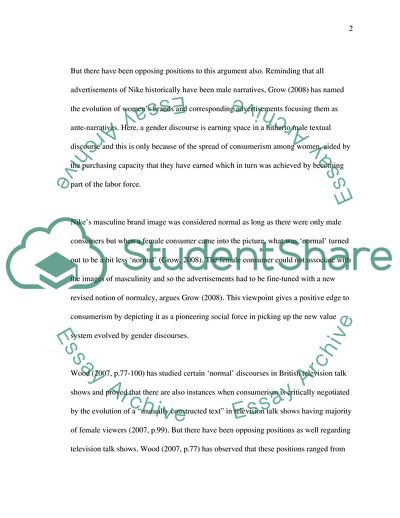Cite this document
(Consumerism Promoted by Television Help Enforce Patriarchy Article, n.d.)
Consumerism Promoted by Television Help Enforce Patriarchy Article. https://studentshare.org/media/1739466-controversy-analysis
Consumerism Promoted by Television Help Enforce Patriarchy Article. https://studentshare.org/media/1739466-controversy-analysis
(Consumerism Promoted by Television Help Enforce Patriarchy Article)
Consumerism Promoted by Television Help Enforce Patriarchy Article. https://studentshare.org/media/1739466-controversy-analysis.
Consumerism Promoted by Television Help Enforce Patriarchy Article. https://studentshare.org/media/1739466-controversy-analysis.
“Consumerism Promoted by Television Help Enforce Patriarchy Article”. https://studentshare.org/media/1739466-controversy-analysis.


